OVERVIEW
On September 2, 2021, the first rocket from the space exploration startup company Firefly Aerospace made its first attempt at launch. It was the boldest first rocket launch attempt ever in the history of humankind: to go directly into orbit on the very first try with the first rocket engineered and produced by a team. The Alpha rocket is designed to carry 1,000 kg (2,205 pounds) of payload to orbit. Payloads for this first launch were primarily cube satellites (CubeSats) that would use ham radio frequencies for research, educational, and experimental purposes. One of those payloads was a 3U (3-unit) CubeSat from Teachers In Space (TIS). As a collaborator and advisor to TIS over the past 1-2 years, I was given the invitation and opportunity to attend the launch and associated events organized by Firefly Aerospace for people and companies with key roles in this launch. The launch did happen on the day it was scheduled (an incredible success in aerospace). The rocket successfully cleared the launch pad and accelerated to supersonic flight. However, at least one issue with the propulsion systems led to an engine failure with one of the four engines. The rocket was eventually unable to compensate for the imbalanced thrust, it spun out of control, and was then detonated on purpose to minimize the risk and impact of damage to others and the environment. It was an immense thrill and honor of a lifetime to be a part of this effort and milestone over the course of 3 days. Here is my account of this experience.
DAY BEFORE LAUNCH
Firefly Aerospace had arranged for several events the day before launch for their VIPs, selected employees, and launch observers. The VIPs included investors, suppliers, early founders, and other key partners. As one of the primary payload owners, and one of the few based in the USA (I believe), Teachers In Space was the only payload owner represented in the group.
We got a tour of the mission control and launch complex at Vandenberg Space Force Base. The launch complexes are so remote and secure on the base that one of the Space Force members said they’ve never been able to get an up-close look at the Firefly rocket yet! We were taken to the remote Launch Control Facility where we were given a short overview and welcome from their lead for launch operations.
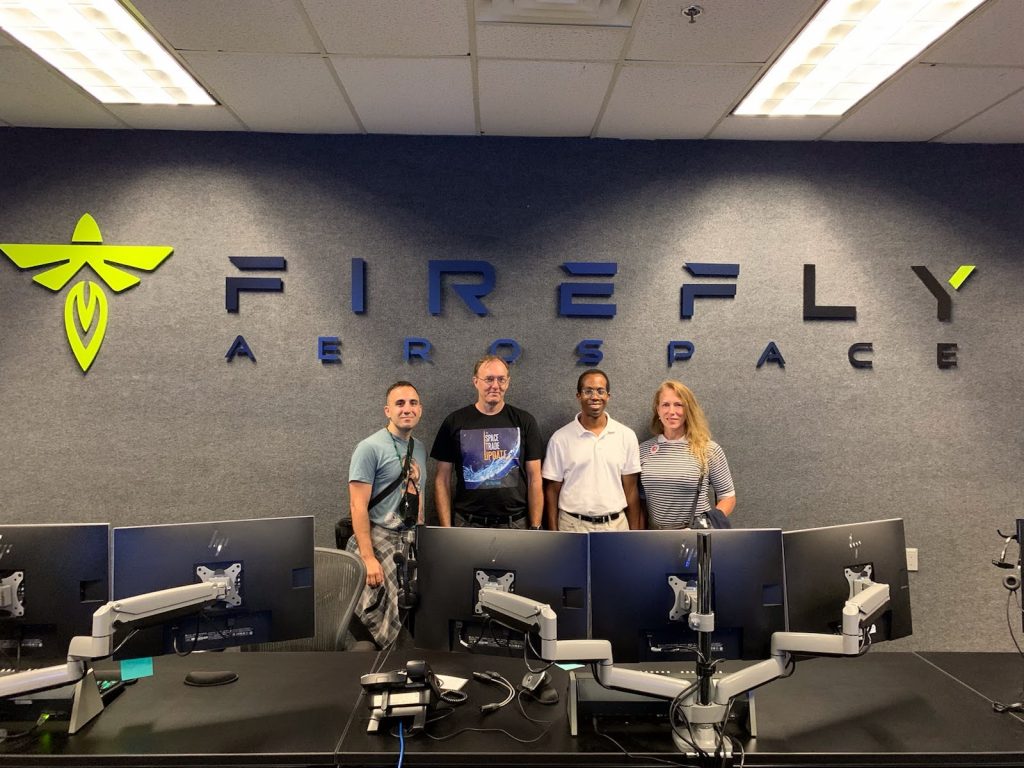
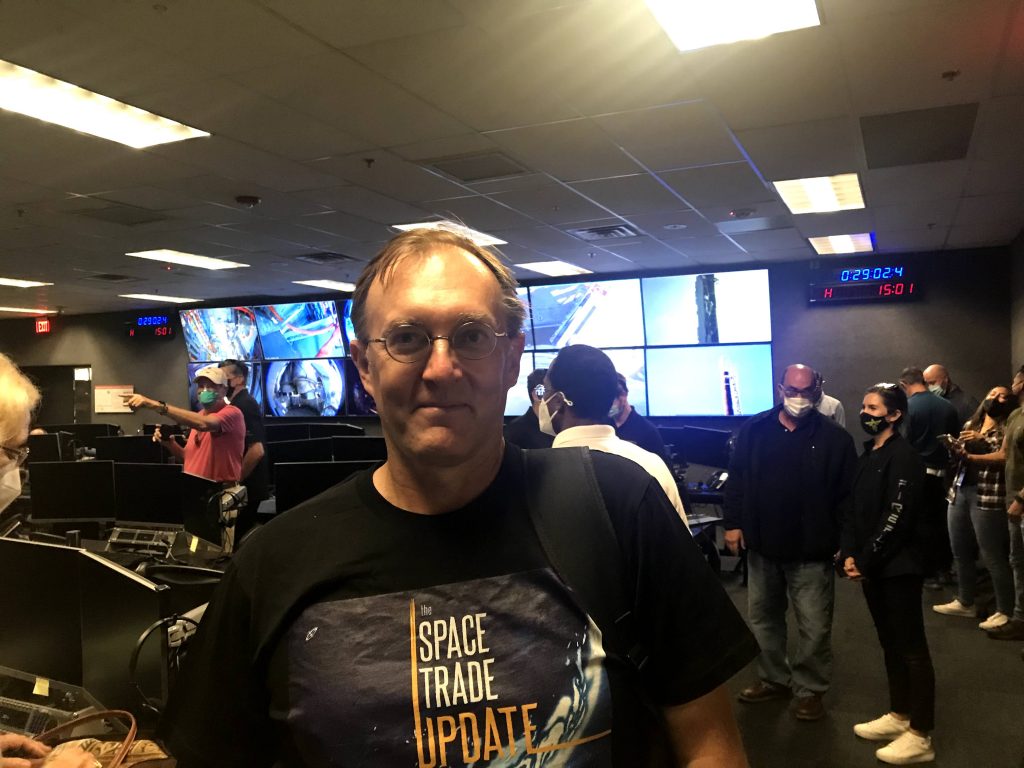
Then we headed to the launch pad. The Alpha rocket had been lowered down to horizontal position for some additional testing and checkout. I’m sure these issues and actions will be reviewed and analyzed intensely in their post-incident investigation effort.
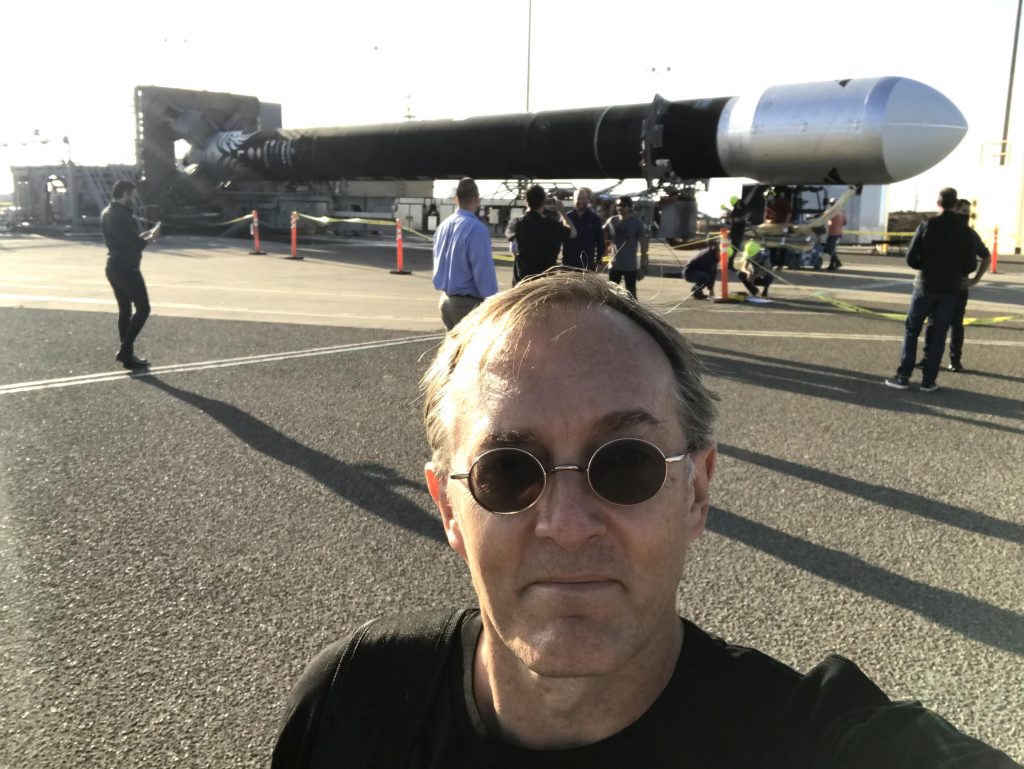
If you are wondering, this launch pad is built in such a way that the rocket can rather easily and quickly be rotated up and down to vertical and horizontal positions. Very clever and convenient!
This tour was led by the Founder and CEO of Firefly Aerospace, Tom Markusic (shown in this photo).
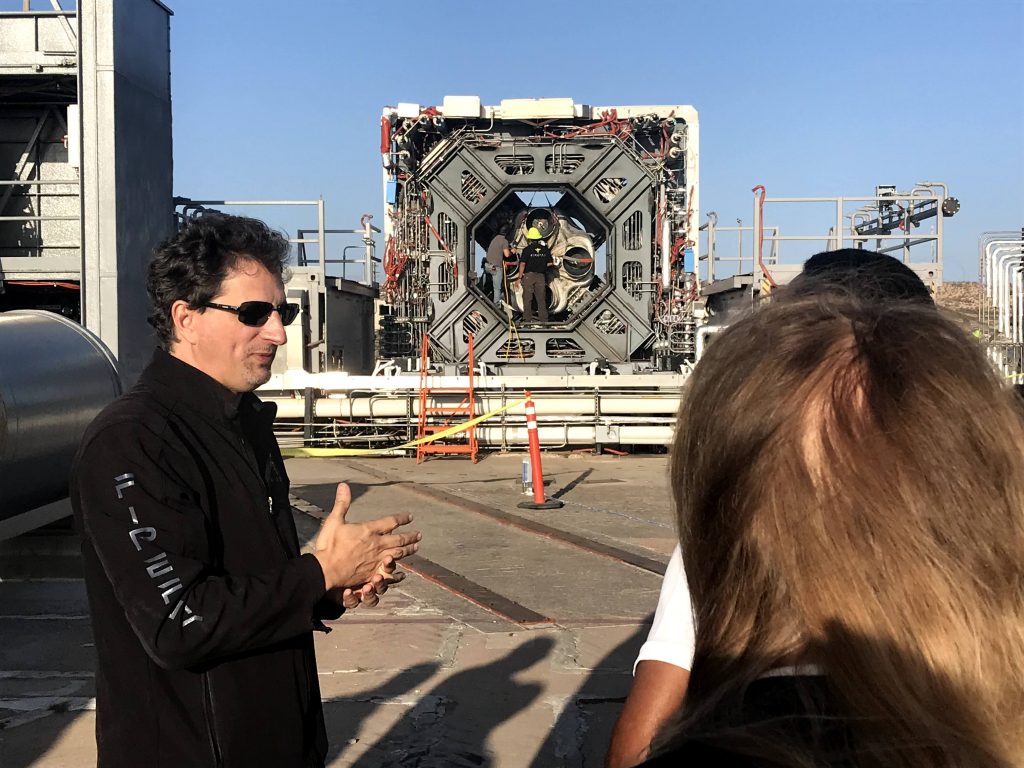
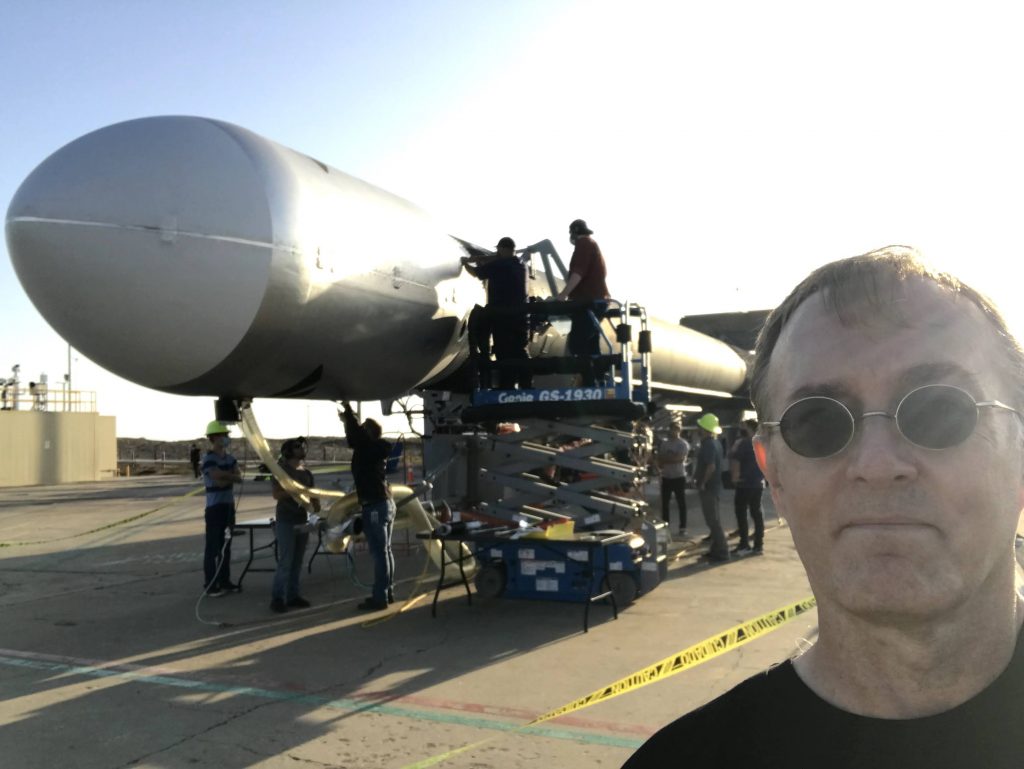
I have been up close to other rockets in science and aviation museums. The Alpha rocket was smaller than I expected. Surprising to me that it is designed to carry 1,000 kg to orbit. But that is because other rockets are designed to carry larger payloads to orbit, or beyond.
LAUNCH DAY
The launch was scheduled for 6pm local time (PST). We did our own thing for most of the day, then at 3:30pm our Teachers In Space team assembled to carpool over to the Space Force Base. Firefly Aerospace had reserved an on-base conference facility for everyone to watch the livestream from there. They had a nice check-in table with a “goody bag” of swag for everyone.
Here I am with Olga, one of the Firefly employees who was helping as our host. From looking at all the people I saw from Firefly during the 3 days, they have a large variety of people – aerospace industry veterans, young people with relatively little industry experience, and many younger professionals (in their 20s and 30s) who have some aerospace experience from other companies and now work at Firefly.
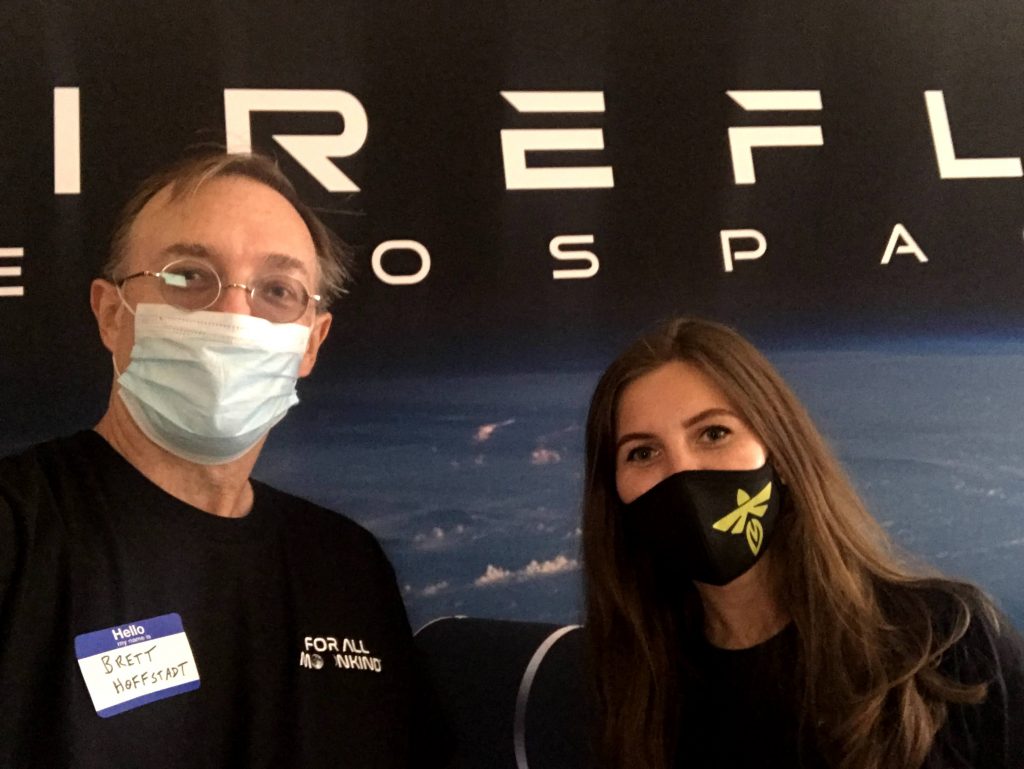
Many people stayed at the conference center to watch the launch from there. The bar, appetizers, and samples from local wineries and breweries definitely helped. 😉
But we took the charter bus to a public golf course with a direct line-of-sight of the launch. Anyone in the public could be here too, and there were roughly 100 people at the edge of this field to watch the launch. There were a couple of food trucks and porta-potties there for more food, drinks, and facilities.

The initial countdown was aborted with less than 30 seconds remaining. CEO Tom Markusic said later in the post-launch meeting that it was because one of the fuel tanks went slightly over its allowable pressure range as they gave it one more “boost” to “top it off.” He said that was frustrating, but part of their SOPs (Standard Operating Procedures) to keep everything within clear limits.
We couldn’t quite see the nosecone of the rocket from our location. A taller rocket would have been visible over a hill ridge line between us and the launch pad. There was debate among everyone there about where exactly we should look. But someone was flying a drone for aerial coverage (a bit surprising that they got clearance there). He was able to see just over the ridge line and tell everyone where to look.
Then the second countdown restarted. Cell phone and internet reception was poor in the field, along with everyone on the Space Force Base. But some people were able to be patched into the livestream from Everyday Astronaut. We could hear the commentary and countdown from peoples’ phones as we stood with nervous anticipation.
We saw the rocket launch before we heard the countdown go to zero. At first it was an elegant black rocket with a large yellow flame underneath.
Then the sound reached us. To me, it sounded like a low roar. I brought ear protection but we didn’t need it – we were about 2 miles away from the launch pad so the sound wasn’t very loud. We could easily talk and listen to ourselves over it. It was perhaps a bit similar to the volume of a commercial aircraft taking off from an airport when you are at the rental car facility or the remote parking lot nearby.
Everyone was clapping, cheering, and yelling with enthusiasm. We were all elated that the launch actually happened! And now equally thrilled that it was going vertical!
Then I said out loud, it seemed to be moving slower than I expected. It also seemed to be moving at a constant speed, or maybe slowly accelerating. This didn’t seem right to me. A few other people also asked, “is it normal to be going this slow?”
It turns out our suspicions were correct, because it was about 15 seconds after launch that one of the four engines shut down (for some reason I don’t know yet). Below I will give you a link to a great video from Scott Manley with an early recap and analysis of the flight.
I did use my iPhone 7 to try and record the launch on video. For the most important segments of the launch, I failed. Very sorry! I missed the very beginning – and the very end with the explosion. But if you want to watch the rest of the launch and flight up, here you go: https://youtu.be/–yiLBv9SbM. Click the screenshot below to watch also.
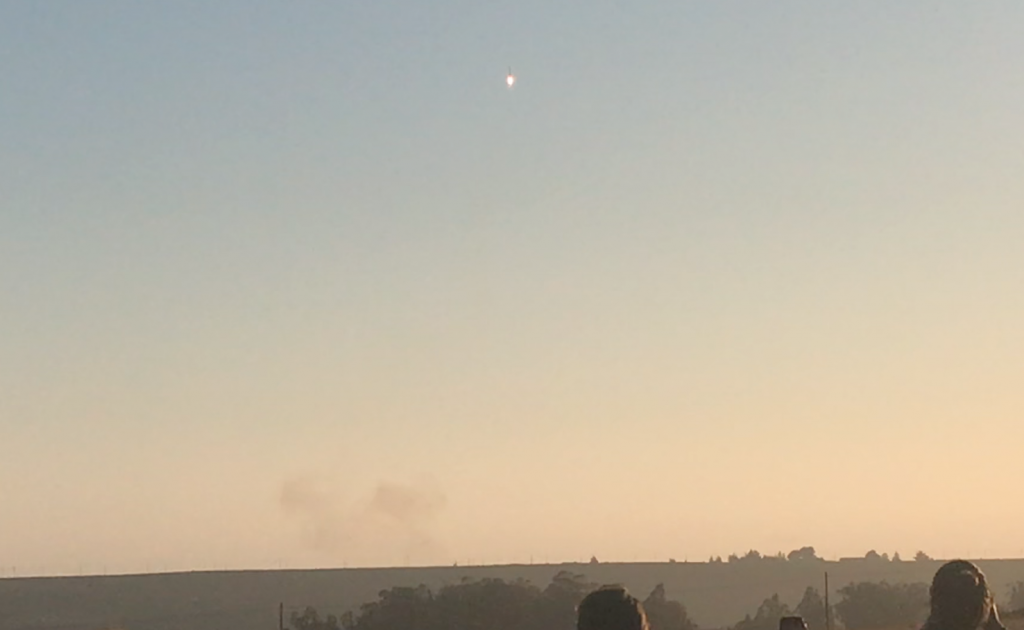
The explosion brought a mixture of emotions from everyone in the field. We all said “ohhhh…” and “awww….”. Then a lot of people started cheering and clapping again, in respect and admiration for the heroic attempt we had just witnessed.
In one way, someone said to me, this ending was more climactic and rewarding than watching the rocket disappear into nothingness as it went into orbit. But I’m sure the investors and employees of Firefly Aerospace, and some others, wouldn’t agree with that perspective.
Eventually the charter bus took our VIP party back to the conference center. It was still a celebratory yet respectful mood. It’s like the difference between a “celebration of life” ceremony for someone and a funeral. This post-launch event was like a Celebration Of Life event for the short, brilliant flight that was the first Alpha rocket of Firefly Aerospace.
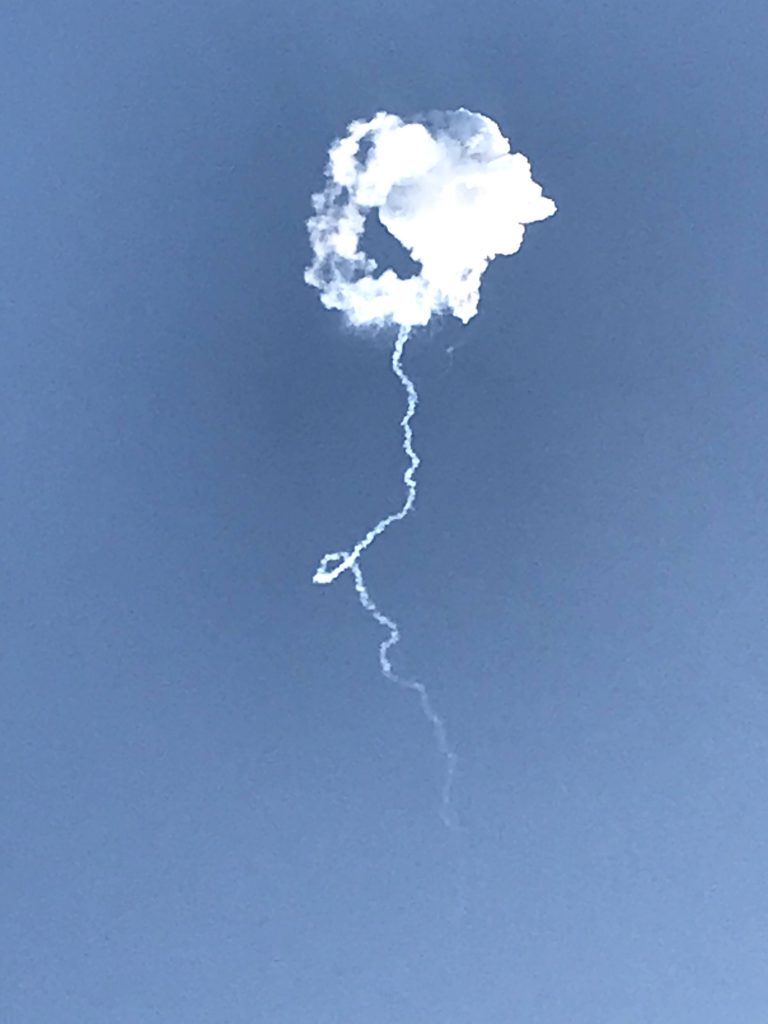
When CEO Tom Markusic returned from the launch control room, everyone gathered into the main conference hall. He gave a very inspiring, reflective, and encouraging speech about what this day meant and what it means for Firefly Aerospace.

Of course, he didn’t have much of an explanation yet. But he did reveal that approximately 15 seconds after launch, there was a severe decrease in acceleration. The rocket was able to maintain its trajectory despite not accelerating as planned. The team (and the Vandenberg Range Safety Officer – RSO) decided to let it keep flying in order to hopefully let the rocket continue over the Pacific Ocean so it would get away from people and the ground.
Then when it went supersonic, the aerodynamic loads were too great for the rocket to overcome the loss of thrust (which Scott Manley shows in the video was due to one of the engines not firing).
That is when it started “tumbling.” A couple of seconds after that, the RSO activated the flight termination sequence. As Tom said sarcastically in his talk, that was another system that they verified functioned properly. (Sad lol.)
The party continued for a while in the conference center. Then people left to continue or start other parties in nearby restaurants and bars. Our Teachers In Space group made two stops. Here we are in the hotel restaurant of a place that was the preferred hotel for the out-of-town Firefly employees. Their headquarters and major operations are near Austin, Texas, so almost every employee had traveled from there to be at the launch.
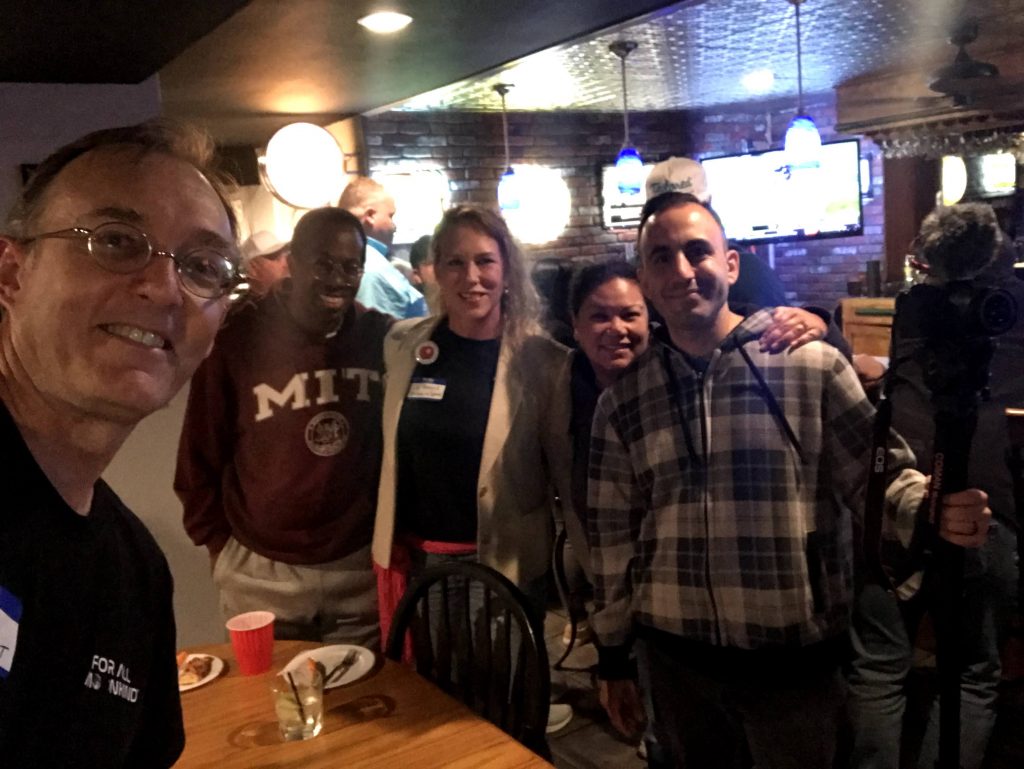
I have to say again that this was an awesome experience, profound benefit, and highlight of a lifetime to experience. My thanks and kudos to Liz Kennick of Teachers In Space for letting me join you for this launch. I am eager to support your efforts going forward and hopefully return again to Vandenberg to watch your next satellite launch!
My massive kudos, respect, and admiration to the whole team at Firefly Aerospace. Rocket science isn’t easy! To do of this and get this far in only 3 years is awesome and heroic. They are a company to watch and encourage in the months and years ahead.
If you want to watch the recorded livestream of this launch, go to the Everyday Astronaut YouTube channel. I recommend you subscribe to his channel too and turn on alerts for notifications. I love his channel and his videos. His commentary and reaction to this launch is awesome too. Click this screenshot to go to his video of the launch coverage. (Skip ahead to 1 hour and 57 minutes to watch the actual launch.)

For a super recap and initial post-launch analysis, I highly recommend this video from Scott Manley. His YouTube channel is also one that I love, watch, and recommend you do the same.
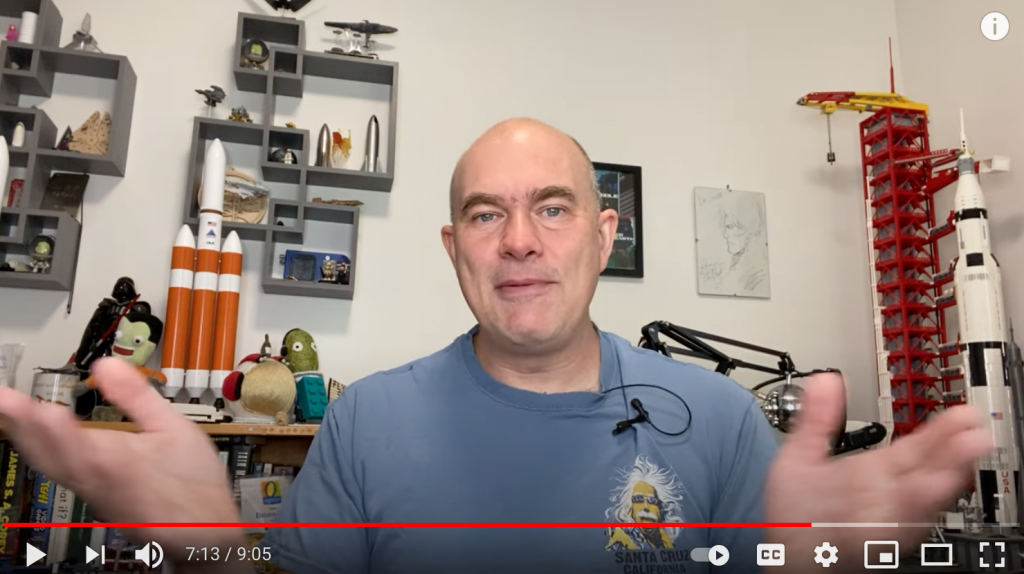
There is also a good early account of the launch and the anomaly from this article at Space.com: https://www.space.com/firefly-aerospace-first-alpha-rocket-launch-failure
WRAPPING UP
I hope you enjoyed this first-hand account of joining the VIPs and teams with Firefly Aerospace and Teachers In Space for the very first launch of the Alpha rocket at Vandenberg Space Force Base. Next time (if I am fortunate to have it) I will work harder at creating a decent video of the launch. I was caught up in the excitement of the experience this time, sorry.
I took many more pictures and some other videos. If you want to see those (and get other content & updates from me on your preferred social media platform), go to my social media accounts on Twitter, Instagram, Facebook, or YouTube.
Thanks for your time and attention with this article. I hope you enjoyed it! If you have thoughts about this first launch attempt from Firefly Aerospace (or other things I mentioned), give a comment below.
As always — take care, and take charge. Brett
ABOUT TEACHERS IN SPACE
Teachers In Space is an educational non-profit that fosters student interest in science, technology, engineering and mathematics (STEM) by providing their teachers with unique space science experiences and industry connections. Their primary mission is to put teachers in space. By doing this (in my words), they will make the world and opportunities of space exploration more real, more relevant, and more integrated in their classrooms and for all of the children they teach. Their other efforts include helping teachers to build cubesats as STEM education projects, and conducting 1-week professional development workshops for teachers who want to bring space exploration content and projects into their classrooms. You can learn more at their website here: https://teachers-in-space.com/
ABOUT FIREFLY AEROSPACE
As I learned more about the mission and culture of Firefly Aerospace I admit to becoming a massive fan of them and their unique position in the “new space” frontier.
Their grand vision is to become a complete solutions provider for the future lunar economy. This includes launchers to the moon and ground transportation vehicles for the moon. But first, their mission is to provide cost-effective and profitable launches for small payloads (1,000 to 10,000 kg) to low earth orbit (LEO) for a price of $15 Million.
As I heard their Chief Revenue Officer, Eric Salwan, explain on The Space Economy podcast, they aim to launch a payload 1/2 the size of a SpaceX Falcon 9 rocket to LEO at a little more than 1/2 the price of this rocket. For customers that don’t need the capacity and capability of a Falcon 9 (or have trouble getting a slot on one of those rockets), Firefly Aerospace aims to be an attractive solution. Listen to that podcast episode here:
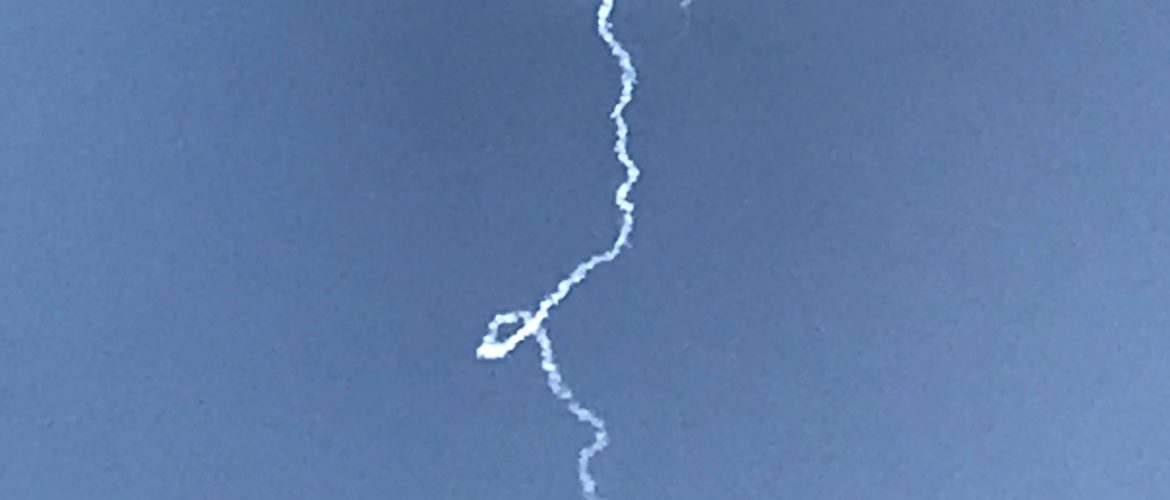
Pingback: Another innovative way to enter aerospace thanks to the dearMoon mission with MZ | How To Be a Rocket Scientist